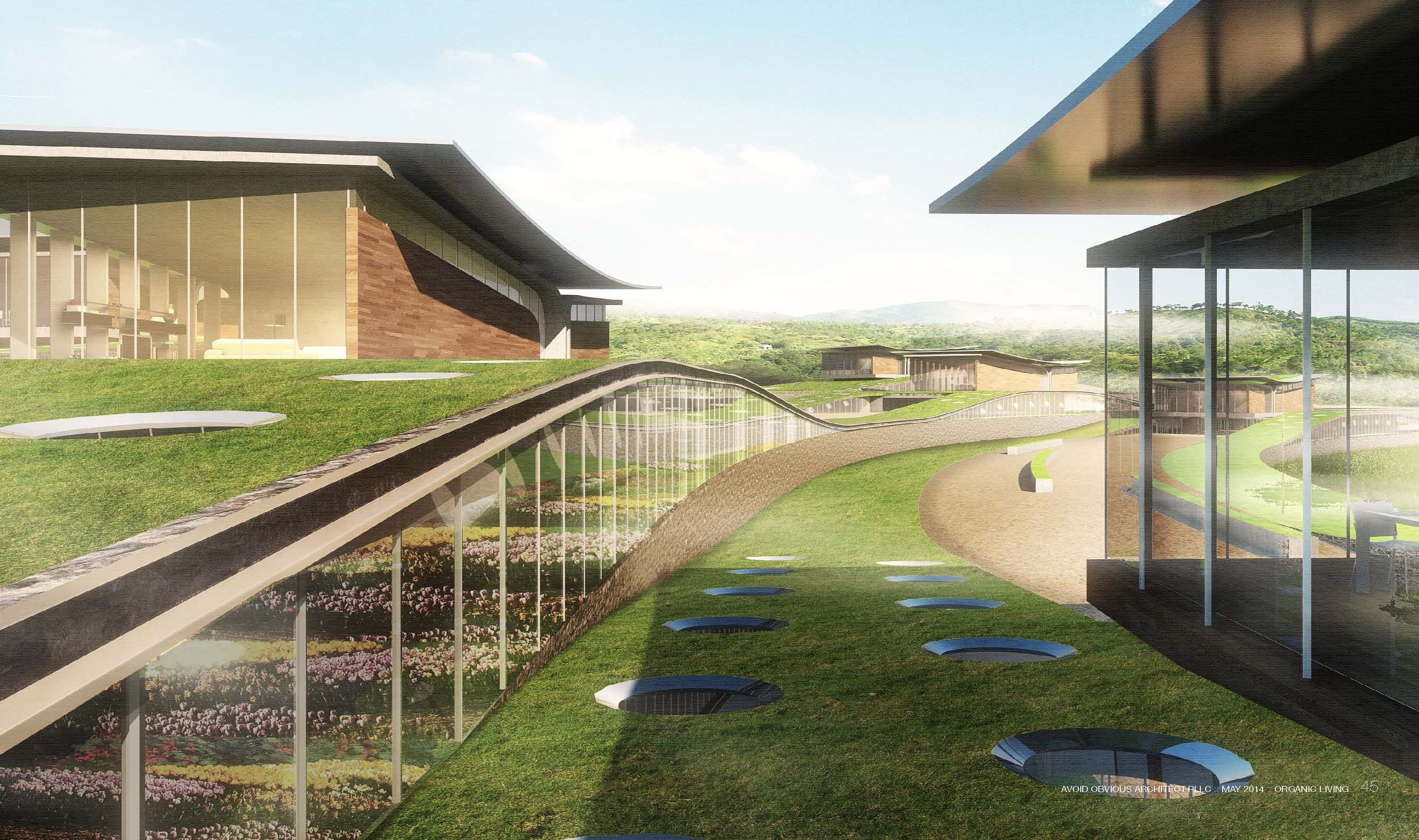Residential Green Roof Architecture

In the past few decades green roofs and living roofs have exploded in popularity and now adorn every kind of building from small private houses to the gigantic surface of barclay s center in.
Residential green roof architecture. Enhances energy efficiency green roofs are great at offering excellent insulation thus helping in temperature regulation during hot and the cold months the result of this is reduced energy bills to the homeowner. In addition sustainable carpeting and paint made from organic or natural materials can help prevent harmful chemicals from affecting construction workers or inhabitants and blend well with the eco friendly spirit of green roof landscape design. From the most basic cave like forms and sod roofs of ancient structures to modern rooftop parks spanning thousands of feet green roofs have shaped architecture throughout history. A living green roof reduces the costs of heating and cooling encourages the local wildlife and naturally filters the rain water it receives.
Designed by booth hansen and completed in 2009 the daniel f. Roofing membrane durability one way of increasing the roofing membrane durability is to install a residential green roof the roof will reduce the exposure of the roof membrane. Rice plant conservation science center at the chicago botanic garden features a 16 000 square foot green roof garden. A residential green or earth roof can lower urban air temperatures and reduce energy demands and co2 emissions.
Green roofs are one of the most effective ways to reduce the ambient air temperature in urban areas. Reduction of urban heat island effect. In the most basic sense green roofs are a layered combination of vegetation and membrane over a building that can help insulate and provide water management. During summer the temperatures in cities are approximately 5 7 c higher than in the countryside due to buildings and roads heat absorption and the temperature on the traditional roof can be up to 40 c higher compared to the green roof.














































